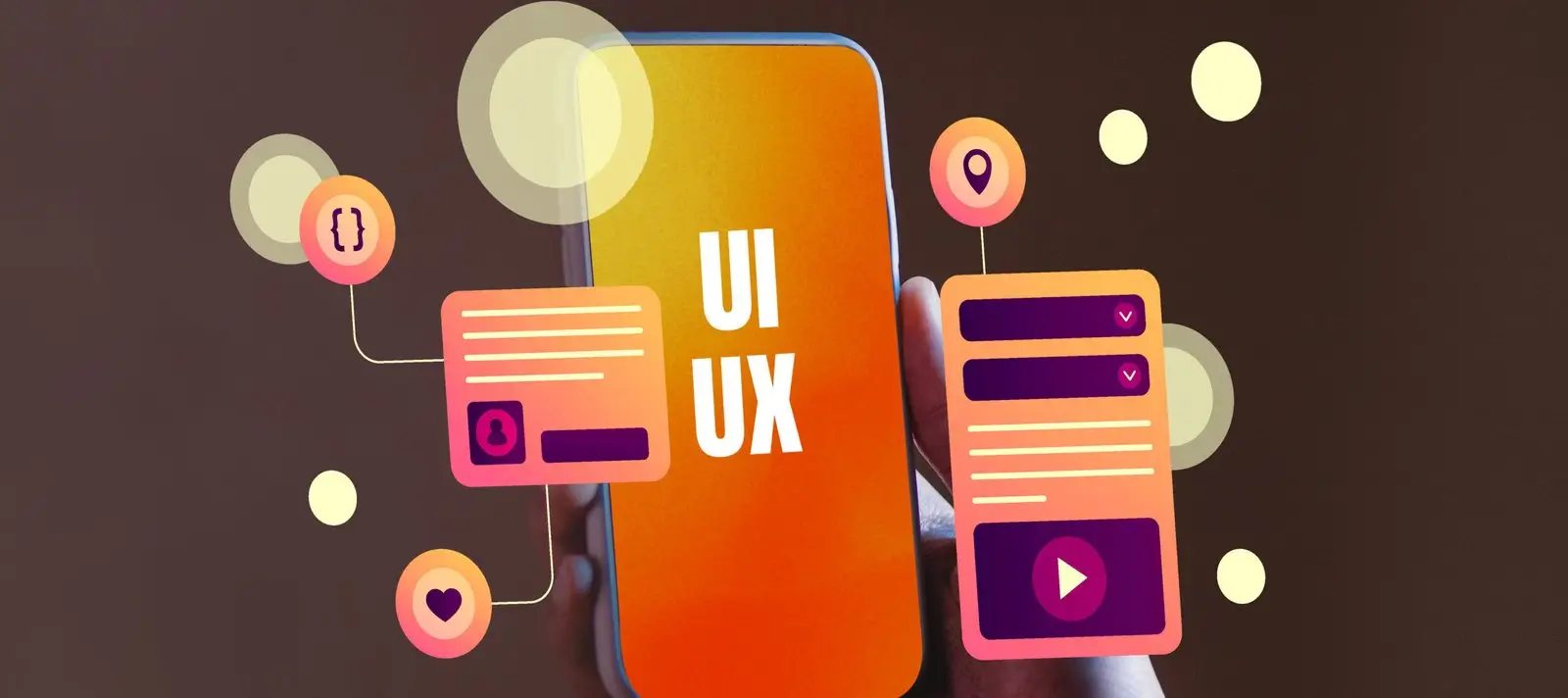In today’s digital world, User Experience (UX) Design In Website has become an important aspect of web and app development. Effective usability design can be the difference between a good product and one that doesn’t engage users. This blog explores the importance of User Experience (UX) Design In Website, its implications, and how it can improve web and app development.
What is User Experience (UX) Design In Website?
User experience design focuses on creating products that provide value and value to customers. Product development includes the entire process of purchasing and integrating products, including things like design, usability, and functionality. The goal of creating user experience is to increase customer satisfaction by making products more efficient, effective, and productive.

User Experience (UX) Design In Website:
Why is UX Design Important?
- Increase customer satisfaction: Effective user interface design can increase customer satisfaction. When users find a website or app easy to navigate and use, they will have a positive and rewarding experience.
- Increase engagement and retention: Coordinating and using a design that will keep users coming back for more. By focusing on user experience, developers can create apps and websites that users will want to use again and again.
- Improve accessibility: A good user experience ensures that all users, including people with disabilities, can use the product. This integration expands user base and demonstrates social responsibility
- Increase brand loyalty: Consumers who have a positive experience with the brand are more likely to develop brand loyalty. This kind of honesty can make relevant recommendations more successful in the long run.
Key Principles of User Experience Design
- User-centered design: This principle involves designing with users’ needs and preferences in mind. User-friendly design requires research to understand the target audience and their behavior.
- Simple and straightforward: Simple and straightforward design reduces clutter and makes it easier for users to achieve their goals. Avoid distractions and focus on the important points.
- Consistency: Consistency in design, such as colors, fonts, and navigation, helps users understand and predict how the product will work. This estimate increases availability.
- Feedback: Giving users feedback on their actions will help them understand the consequences of their interactions. This can be done with visual cues, warnings or sounds.
- Mobile compatible design: With the increasing use of mobile devices, it becomes important to design websites and applications that work well on small screens. The design ensures that the product can be used on any device.
The UX Design Process
- Research: Understand your target audience through research, interviews, and usability testing. Identify their needs, behaviors, and pain points.
- Design: Create wireframes and prototypes to visualize products. Focus on layout, navigation and functionality.
- Testing: Conduct usability tests with real users to gather feedback. Identify problems or areas that need improvement.
- Action: Improve the final product based on the feedback received. Make sure the design is followed throughout the development process.
- Review: Once the product is developed, continue to collect user feedback and make necessary updates to improve the user experience.
Importance of UX Design in Business Success
Investing in UX design can yield significant benefits for businesses, including:
- Increased User Satisfaction: A well-designed user experience can lead to higher user satisfaction and retention rates.
- Enhanced Conversion Rates: Improved usability and clear calls-to-action can drive conversions and sales.
- Lower Support Costs: Intuitive design reduces the need for customer support, saving time and resources.
- Competitive Advantage: Providing a superior user experience can differentiate a brand from competitors in a crowded market.
Conclusion of User Experience (UX) Design In Website
User experience design is an important part of web and app development. By focusing on users’ needs and preferences, manufacturers can create products that are not only useful but also efficient. Integrating user experience design into the development process can increase user satisfaction, engagement, and trust. As technology continues to develop, the importance of user experience design will increase and become indispensable for successful digital marketing. ; There is also beauty. Its goal is to create a cohesive and intuitive experience that attracts users and keeps them coming back. Invest in user experience design to make your website or app stand out in a competitive digital environment.
For more information on User Experience (UX) Design In Website best practices and tools, you can explore resources from reputable sources such as Nielsen Norman Group, UX Collective, and Smashing Magazine.
Check out new posts: The exciting latest trends in AI and machine learning
Check out new posts: The impact of 5G on mobile technology
Check out new posts: Best Gaming technology advancements and trends
Check out new posts: Best Cybersecurity Tips For Businesses And Individuals






